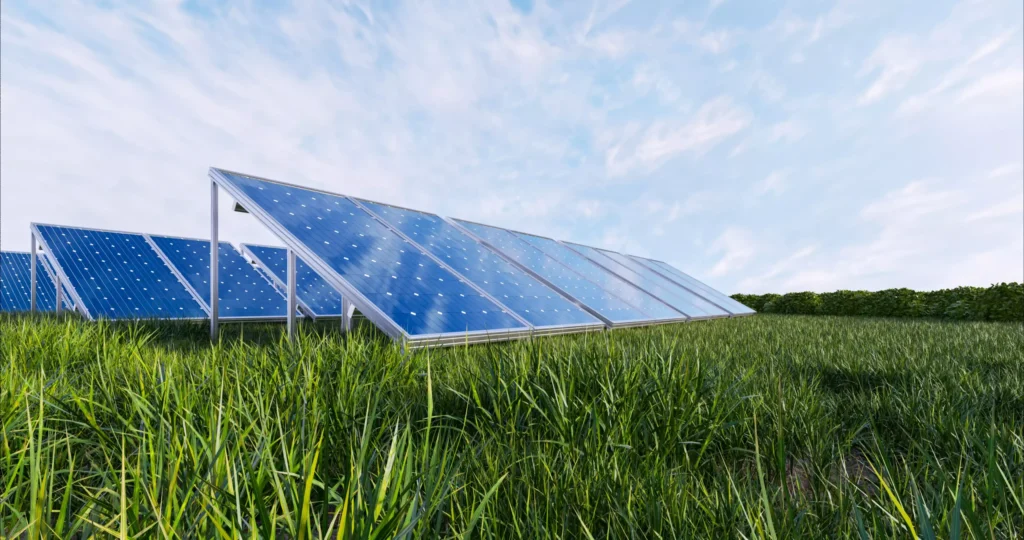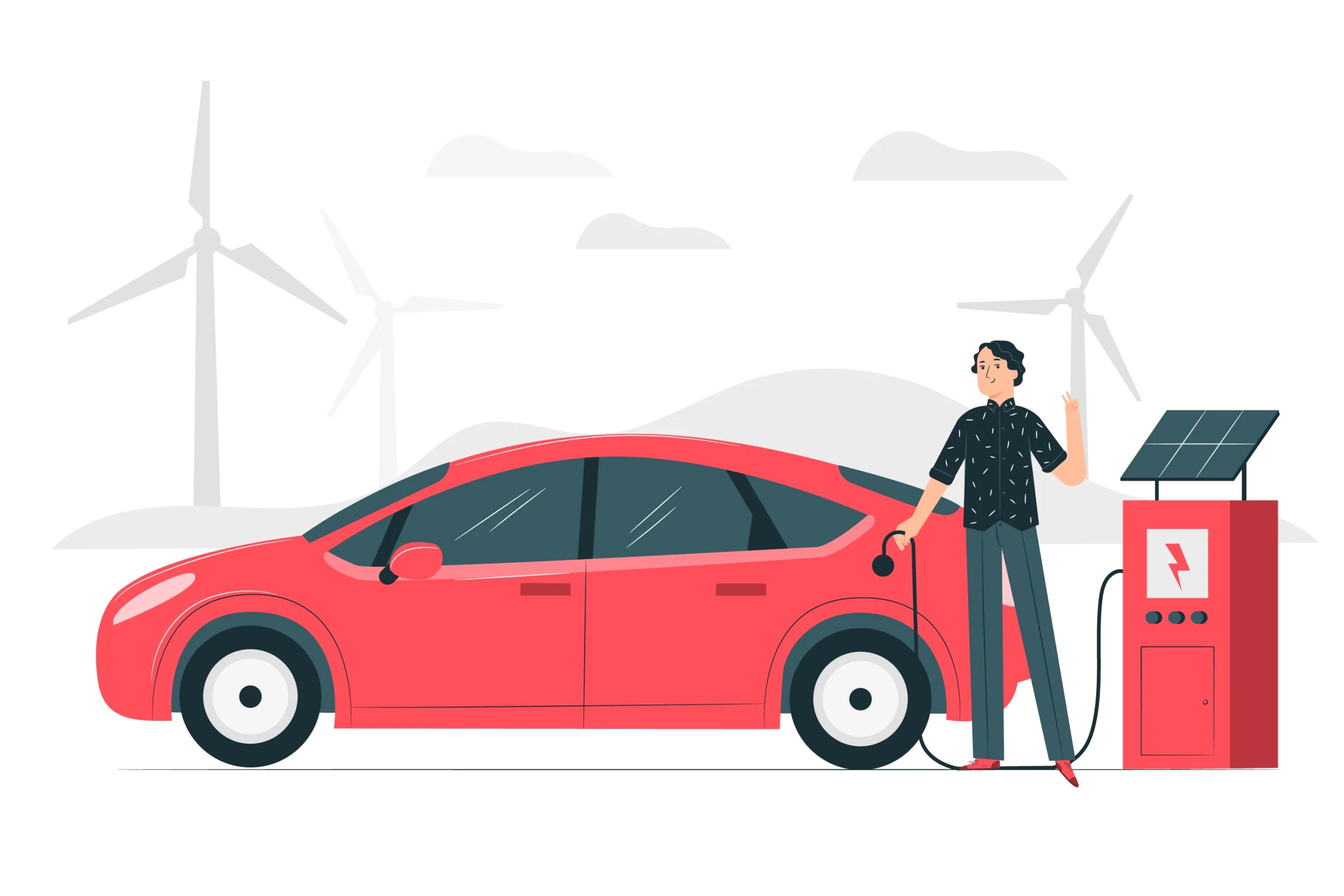- 26 October 2023
What is Clean Technology?
Our technology is advancing rapidly, and our civilization is signaling that it will one day push the top steps on the Kardashev scale. Of course, there are a few important details that we need to pay attention to. One of them is that our civilization, which is hundreds of years away from building the Dyson Sphere, is just as close to destroying the planet it lives on.
Global climate change, which was once the subject of apocalyptic movies, is the name of the disaster at our door today. As a result of global climate change, the average global temperature has risen by 1.01°C since 1880, and the sea level has risen by 3.94 inches since 1993, according to NASA information.
A rapid transition to the principle of “Zero Greenhouse Gas Emissions” is required if we are to achieve the United Nations’ energy-related Sustainable Development Goals, including preventing global climate change in line with the Paris Agreement. The realization of this aim seems possible only with a high sense of responsibility and clean technology.
Introduction
Clean technology, also known as green technology, describes a set of technologies that reduce or optimize the use of natural resources and also reduce the negative impact of technology on the planet and its ecosystem. Examples of such technologies include new technologies such as wind and wave power generation, as well as improved traditional power generation processes such as smart electricity grids.
Clean Edge, one of the clean technology research firms, defines clean technology as “a wide range of products, services and processes that leverage renewable materials and energy sources, significantly reduce the use of natural resources, and reduce or eliminate emissions and waste”.
Clean technology is a topic that is not sufficiently addressed, especially in energy production, due to its high cost. However, due to the limitedness of natural resources such as oil, which is depleted and whose prices are destabilizing, its profitability is expected to increase and become more applicable in the coming years.
The research report of Precedence Research predicts that the Global Green Technology and Sustainability market size, which was $35.5 billion in 2021, will reach $417.35 billion by 2030.

According to the report of the International Energy Agency, global investment in Clean Energy Technologies is far below the level required for the world to reach net zero greenhouse gas emissions by 2050. To meet the target, annual investment over the next ten years needs to be three times higher than in 2021.
History
After the industrial revolution, with the spread of factories that meet their energy needs with fossil fuels, it was revealed that fossil fuels caused enormous air pollution and this situation made life difficult, even shortened to a great extent, especially in big cities. For this reason, some countries that have completed their industrial revolution have started to search for alternative energy sources.
During the Second World War, the rapid transfer of natural resources to the war caused raw material problems, especially in the metal industry. Tons of metals, paper and plastics were recycled, thanks to a recycling campaign launched by the USA public.
There were few optimistic examples, but they were never enough. Within a century, the world population continued to increase exponentially, and the energy need of our civilization reached greater levels than ever before. Fossil fuels continue to be used today, and air pollution is becoming a regular problem in countries with large metropolitan areas such as China and the USA.
Clean Technology Workspaces
1- Solar Energy and Wind Turbines

It seems inevitable to use solar and wind energy more efficiently in order to reduce the dependence on fossil fuels, which is one of the most important causes of climate change and air pollution. These two alternative and renewable energy sources are one of the most important parts of the clean technology breakthrough today.
The intensity of solar radiation outside the Earth’s atmosphere is 1370 Watts/m² on average, but varies between 0-1100 Watts/m² on Earth. Even a small portion of this energy that reaches the Earth is many times higher than the current energy consumption of humanity.
About 1% of the energy coming from the sun is transformed into kinetic energy in the atmosphere, forming the winds. Assuming that this energy is distributed equally on the earth, the energy that can be obtained from the wind on land is calculated as 3.4×10¹⁴ Watt, which is 22 times the commercial energy currently used in the world.
2- Electric and Hydrogen Vehicles
Transportation vehicles powered by fossil fuels hold one of the largest shares of the carbon footprint we uncover. In order to prevent this situation, electric and hydrogen powered vehicles come to the fore.
Although these two alternative transportation models are not enough to reduce greenhouse gas emissions to zero, they seem much more environmentally friendly, renewable and sustainable. As of 2022, more than 1 million barrels of oil per day have been saved thanks to electric vehicles. If the use of oil in road transport is completely eliminated by 2050, it is predicted that the daily amount of oil to be saved could reach 21 million barrels.

3- Carbon Capture, Utilisation and Storage Technologies
This technology, on the other hand, aims to capture the released carbon before it meets the atmosphere, rather than reducing the amount of carbon released. This application, which is carried out especially in industrial areas, not only prevents carbon emissions, but also aims to store the blocked carbon and use it in subsequent production processes.
There are nearly 30 commercial Carbon Capture, Utilization and Storage (CCUS) facilities currently operating in the Industry and Fuel conversion sectors, and the number of projects under development is increasing. It is expected that the carbon dioxide capture capacity will quadruple with the implementation of ongoing projects.
4- Sustainable Agriculture Projects

Agriculture and livestock have a significant percentage of carbon emissions. Since agricultural activities, which are vital for the future of humanity, have become highly industrialized in the modern world, this practice, which should be carried out in cooperation with nature, turns into an action that harms nature.
While agriculture causes very serious environmental changes, it is also very seriously affected by these changes. Sustainable agriculture produces potential solutions to feed the increasing human population by adapting to changing environmental conditions.
Conclusion
The price we pay is the result of our unwavering reliance on fossil fuels since the industrial revolution. Due to the current climate emergency declared by governments and non-governmental organizations, clean technology solutions are in demand today more than ever, but it is not enough. All the research results and simulations show that if we do not take the necessary measures in the next few decades, the situation will reach an irreversible stage.
We have to prevent the damage that our civilization, which is young enough to be considered a child, has done to our house in this short time. Pressure from global communities and organizations to promote clean technology projects will result in widespread adoption of clean technologies now and in the future.
Don’t forget to follow us on our social media accounts!
Stay with science.
References
https://climate.nasa.gov/vital-signs/global-temperature/
https://svs.gsfc.nasa.gov/4964
https://www.azocleantech.com/article.aspx?ArticleID=532/
https://en.wikipedia.org/wiki/Clean_technology/
https://www.iea.org/reports/world-energy-outlook-2021/executive-summary
https://www.precedenceresearch.com/green-technology-and-sustainability-market
https://tr.wikipedia.org/wiki/R%C3%BCzg%C3%A2r_g%C3%BCc%C3%BC
https://about.bnef.com/electric-vehicle-outlook/
https://www.iea.org/reports/ccus-in-industry-and-transformation



